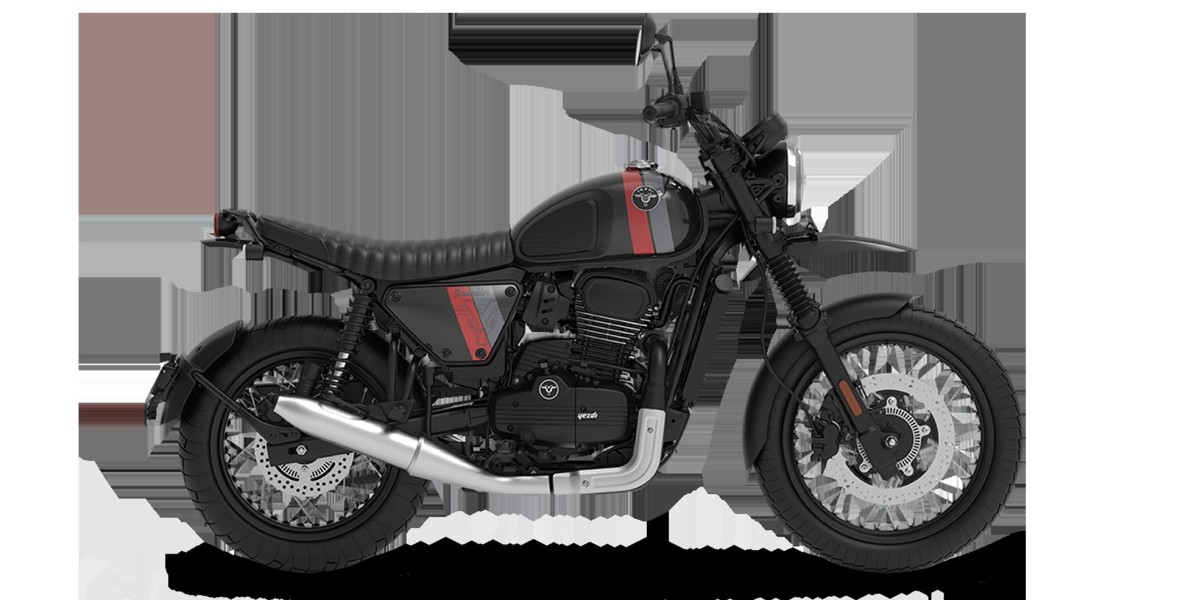European Doberman puppies are known for their intelligence, loyalty, and strong protective instincts. These traits make them excellent companions, but they also require proper training to ensure they grow into well-behaved adults. One essential aspect of training a European Doberman puppy is crate training. This method not only provides a safe and secure environment for your puppy but also helps with housebreaking and preventing destructive behaviors. In this guide, we’ll cover the importance of crate training and offer practical tips to make the process smooth and successful.
Why Crate Training is Important for European Doberman Puppies
Crate training offers numerous benefits for both you and your European Doberman puppy:
Safety: A crate provides a safe space for your puppy when you’re not able to supervise them, preventing them from getting into potentially dangerous situations.
Housebreaking: Crate training is an effective tool for housebreaking, as puppies instinctively avoid soiling their sleeping area.
Behavior Management: A crate can help manage your puppy’s behavior, especially during periods of high activity or when guests are visiting.
Travel: A crate-trained puppy will be more comfortable and secure during travel, whether it’s a trip to the vet or a family vacation.
Choosing the Right Crate
Selecting the appropriate crate is the first step in successful crate training. Here are some factors to consider:
Size
Adequate Space: The crate should be large enough for your European Doberman puppy to stand up, turn around, and lie down comfortably.
Adjustable: Consider a crate with a divider that can be adjusted as your puppy grows, allowing you to use the same crate throughout their development.
Material
Durability: European Dobermans are strong and energetic, so choose a sturdy crate made from durable materials like metal or heavy-duty plastic.
Ventilation: Ensure the crate has adequate ventilation to keep your puppy comfortable.
Accessibility
Multiple Doors: A crate with multiple doors can be more convenient for placement in different areas of your home.
Secure Latches: Make sure the crate has secure latches to prevent your puppy from escaping.
Introducing Your Puppy to the Crate
Introducing your European Doberman puppy to their crate requires patience and positive reinforcement. Follow these steps to make the introduction smooth:
Step 1: Create a Positive Association
Comfortable Bedding: Place soft bedding and a few of your puppy’s favorite toys inside the crate to make it inviting.
Open Door Policy: Initially, leave the crate door open and allow your puppy to explore the crate on their own.
Step 2: Encourage Exploration
Treats and Praise: Use treats and praise to encourage your puppy to enter the crate. Place treats near the entrance and gradually move them further inside.
Meal Times: Feed your puppy their meals near the crate, and eventually place the food bowl inside to create a positive association with the crate.
Step 3: Gradual Confinement
Short Sessions: Begin by closing the crate door for short periods while you’re nearby. Gradually increase the duration as your puppy becomes more comfortable.
Stay Calm: Remain calm and avoid making a big fuss when letting your puppy out of the crate to prevent them from becoming overly excited.
Crate Training Routine
Establishing a consistent crate training routine is crucial for success. Here are some tips to create an effective routine:
1. Consistent Schedule
Regular Breaks: Take your puppy out for potty breaks regularly, especially after meals, playtime, and naps.
Scheduled Crate Time: Include scheduled crate time in your puppy’s daily routine, ensuring they spend time in the crate when you’re home as well as when you’re away.
2. Nighttime Crate Training
Bedtime Routine: Establish a bedtime routine that includes a final potty break before placing your puppy in the crate for the night.
Quiet Environment: Keep the crate in a quiet area of your home to help your puppy settle down and sleep through the night.
3. Positive Reinforcement
Rewards: Continue using treats, praise, and play to reward your puppy for entering and staying in the crate.
Avoid Negative Associations: Never use the crate as a form of punishment, as this can create a negative association and hinder the training process.
Handling Common Crate Training Challenges
Crate training can present challenges, but with patience and consistency, these can be overcome. Here are some common issues and how to address them:
Whining and Barking
Ignore Attention-Seeking: If your puppy whines or barks for attention, avoid responding immediately. Wait until they are quiet before letting them out or giving them attention.
Comfort Items: Provide comfort items like a favorite toy or a piece of clothing with your scent to help soothe your puppy.
Resistance to Entering the Crate
Gradual Introduction: If your puppy is resistant to entering the crate, take a step back and reintroduce the crate gradually using treats and positive reinforcement.
Increased Value: Make the crate more appealing by placing high-value treats or special toys inside.
Accidents in the Crate
Frequent Breaks: Ensure you’re taking your puppy out for potty breaks frequently enough to prevent accidents.
Clean Up: If an accident occurs, clean the crate thoroughly to remove any lingering odors.
Long-Term Crate Training Success
Consistency and positive reinforcement are key to long-term success with crate training. Here are some additional tips to ensure your European Doberman puppy remains comfortable and happy in their crate:
Regular Use: Continue to use the crate regularly, even as your puppy grows older, to maintain their comfort and familiarity with the space.
Respectful Boundaries: Respect your puppy’s need for downtime in the crate and avoid disturbing them while they’re resting.
Gradual Transition: If you plan to reduce crate use as your puppy matures, do so gradually to ensure they continue to feel secure.
Conclusion
Crate training your European Doberman puppy is a valuable investment in their overall well-being and behavior. By choosing the right crate, introducing it gradually, and establishing a consistent routine, you can create a positive and secure environment for your puppy. With patience, positive reinforcement, and a little bit of time, your European Doberman will learn to view their crate as a safe haven, making life easier for both of you. Embrace the crate training journey, and enjoy the benefits of having a well-trained, happy, and healthy companion.








